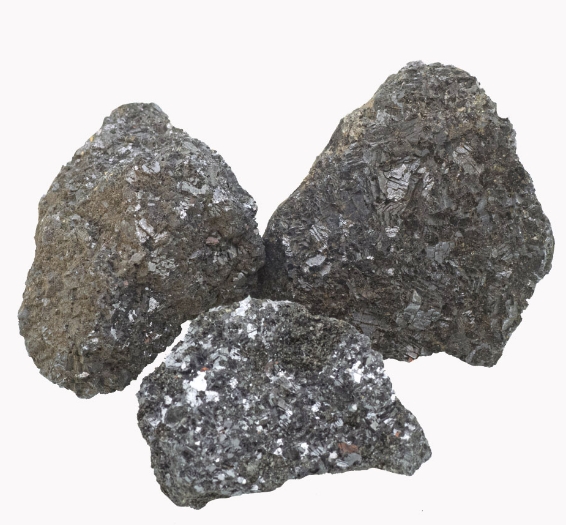
Calcined anthracite for ductile iron is a special type of coal, which has been calcined to remove impurities, and to form a graphitic structure. This enables it to be used in the production of high quality carbon products, such as prebake and ramming electrodes, cathode blocks for aluminum industry, and carbon electrodes. This in turn increases demand. The booming aviation and electric vehicle (EV) industries are also driving its global demand.
It can be classified into two main segments: gas calcined and electrically calcined. Gas calcined and electrically-calcined are the two main categories. The market share for the first is largest. The gas-calcined product is produced in a plant that uses natural gases to heat the anthracite. It has superior properties compared with traditional coal. It is therefore highly suitable for applications like pulverized coke injection or basic oxygen steelmaking.

As well as these uses, it's widely used to fill prebake or ramming electrodes. The material is used as a raw material in the production of cathode block and is an additive for smelting. Due to the superior qualities of this product compared to other coal products, it is predicted that demand will grow over time.
They are commonly used for the manufacture of many metal products including steels and alloys. These recarburizers improve metals' strength and resistance to corrosion. They are also used as an effective slag control agent. They are also a more economical option to expensive coke. They come in different forms and grades depending on their specific applications.
Recarburizers are most useful for improving the performance and quality of steel. By increasing ductility and strengthening cast and weld iron while maintaining machinability, and toughness. Also, they can improve slag in molten steel and decrease abrasion.
In addition, recarburizers emit fewer harmful gases compared to other types coal. These recarburizers have a high demand in the heating and energy generation industries.
As a result of the above-mentioned advantages, calcined anthracite has gained strong demand in the steel manufacturing sector, particularly for use as a substitute for metallurgical coke in electric furnaces and pulverized coal injection systems. Due to the higher levels of carbon and lower amounts of volatile matter, moisture, and ash in comparison to other coal products, this is more popular. Additionally, the coal has the greatest degree of nonmetamorphic coalification. This makes it even more attractive. This research involved the chemical treatment of anthracite with NaOH, H2SO4, and then thermal treatments for various time periods at 900°C. EDS analysis and XRD results showed that a chemical treatment of anthracite significantly reduced its impurity levels.

Write a Message